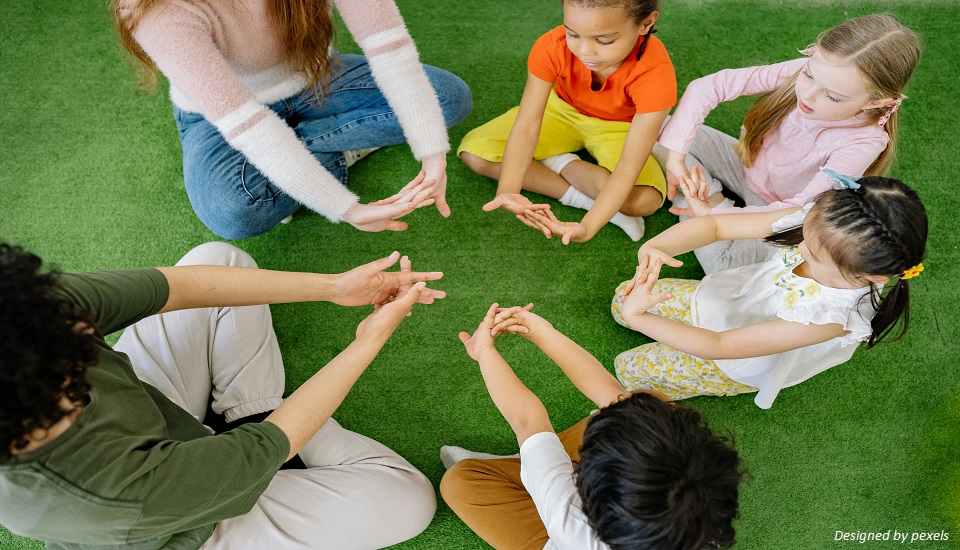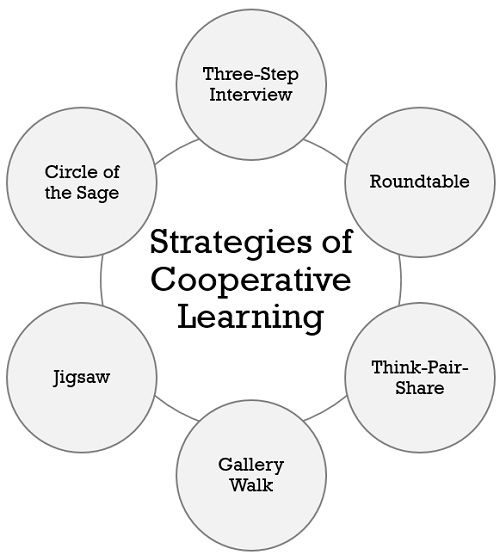
Cooperative Learning: 8 Strategies To Use In Your Classroom For Better Results
18th April 2024
To assist your kids improve and foster a feeling of community and collaboration in your classroom, teachers who have completed ADHD courses for teachers may take advantage of their energy and need to socialize by implementing a variety of collaborative learning activities. Early instruction in cooperative learning techniques is crucial for children to acquire effective communication skills that will help them as they transition socially into adulthood. The goal of this blog post is to give educators the finest methods for collaborative learning while offering an integrated approach to the many cooperative learning styles and tactics.
What Is Cooperative Learning?
The core concept of cooperative learning is the division of students into smaller learning groups. This enables each student to acquire topics through their learning style and that of their peers, as well as the class as a whole.
Each group member in a cooperative learning environment has a unique task to finish or notion to convey to the other members of the group, which sets cooperative learning apart from other learning methodologies. In this method, when each student learns something new, the group as a whole gains, and the students collaborate to grasp the topic.
Do you follow us on Social Media? We regularly share upgraded educational content, tips, feedback, and more. Check us out by clicking the profiles here – Facebook / Twitter / LinkedIn / Pinterest / Instagram / YouTube
8 Cooperative Learning Strategies For Your Classroom

Here are some top-notch cooperative learning techniques to get you going:
1. Speed Quizzes
Assign a flashcard with a question and an answer to every student. Divide the class into groups and assign each group a virtual speed exam, going quickly from one student's question to the next.
2. Puzzle Pieces
Divide up the work of a bigger project among the group members. To fit the puzzle pieces together, group members will need to speak with one another.
3. One-Minute Papers
Before moving on to the next topic, have each student write a brief one-minute paper at the start of class to gauge their understanding of the content that has recently been covered in class.
4. Sentence Completion
As a group writing assignment, assign students to finish sentences on a predetermined subject. After starting the phrase, one student in the group passes it on to the following one. After it's finished, the group may go over it to ensure understanding and clarity.
5. Classmate Interviews
Assign students to three-person groups. One student is to prepare questions and conduct an interview with another student; the third student is to record the interview's notes.
6. Student Expertise
Encourage pupils to rely on each other to increase their levels of proficiency. This works especially well when a student or group of students understands an idea more quickly than others.
7. Freeride Elimination
By ‘freeride-proofing’ the collaborative process, you may ensure that each student is responsible for a certain part of a project. Assign a colored marker and a to-do list to every group member. After the group work session, every job needs to have a checkbox next to it, representing every color.
8. Teamwork 101
Make sure your kids know the definition of collaboration and how to collaborate before letting them work in groups.
What Are The Benefits Of Cooperative Learning?
Some of the benefits of cooperative learning are as follows:
- Students can comprehend information
- They learn how they feel about their teachers, school, and classmates
- Increased self-confidence and self-esteem of students
- Boosted social skills, time management, patience, critical thinking and leadership
- Student-centric learning opportunities
- Teachers understand how their students think
- Students understand that others might have different opinions than themselves
- Applied learning and hands-on learning opportunities
- More inclusive classroom community
- Offering authentic learning experiences
- Increasing personal interdependence and student motivation
How To Implement Cooperative Learning Strategies
Whatever approach you choose to employ in the classroom, the following pointers should assist ensure that classroom implementation is as successful and efficient as possible:
- Instead of using cooperative learning right away in your class, introduce it gradually
- Describe how the idea of cooperation is applied in your classroom
- Make an additional effort to keep pupils focused
- Work together with other educators to improve classroom management
- For more effective and efficient observation, form manageable groups
- Keep in mind that this is probably the first time that the pupils are seeing the material
- Recall that you are the one in charge of your classroom
Find What Works For Your Students
In the end, the goal of these cooperative learning techniques is to maintain simultaneous student engagement and to foster cooperation in the classroom. By pursuing an SEN course online and using these cooperative learning practices, students should participate equally and be held responsible for their contributions.
We believe education should be accessible for everyone. That’s why we don’t charge for our blogs. Find the right course that will help you in your career with us, contact us at +6621056101. You can mail us at act@asiancollegeofteachers.com
Written By : Victoria Lewis




